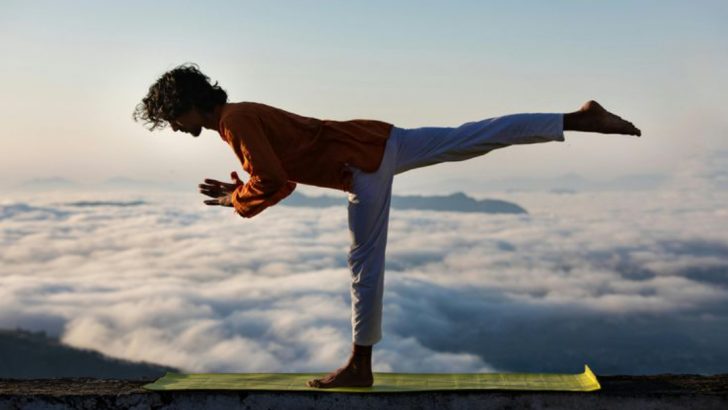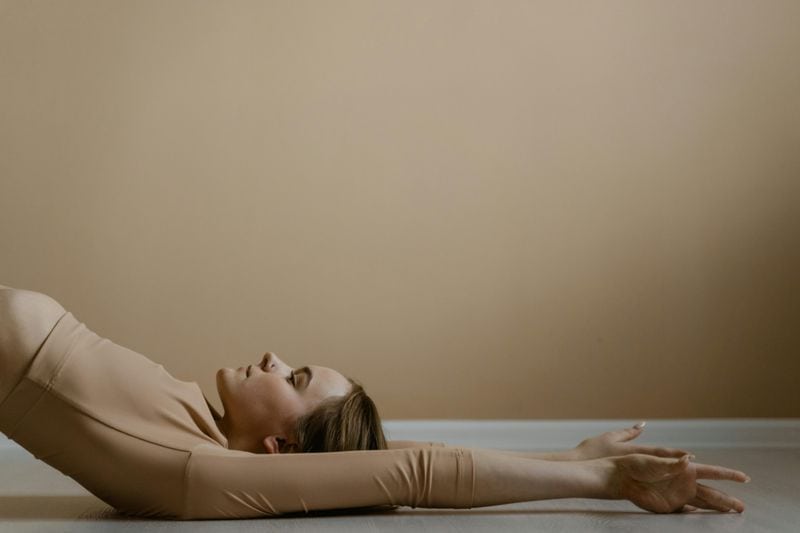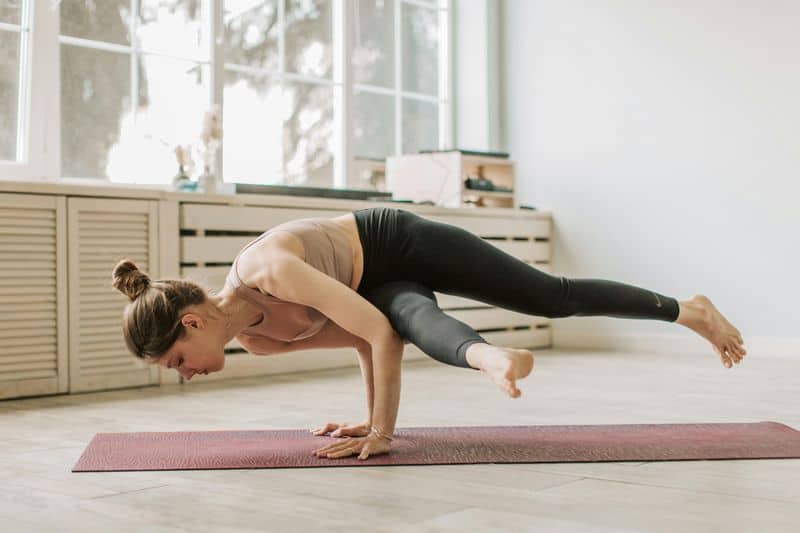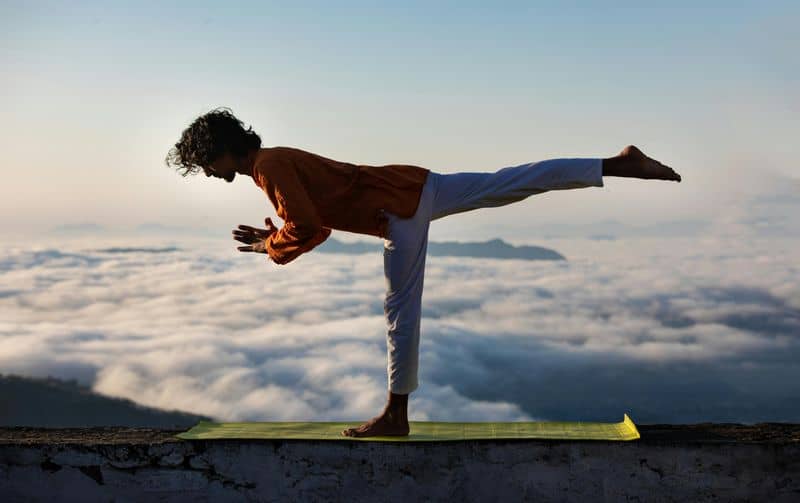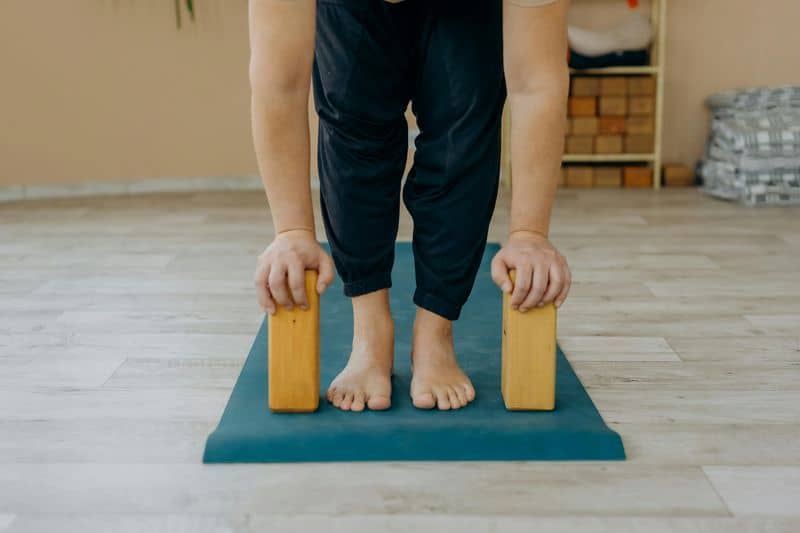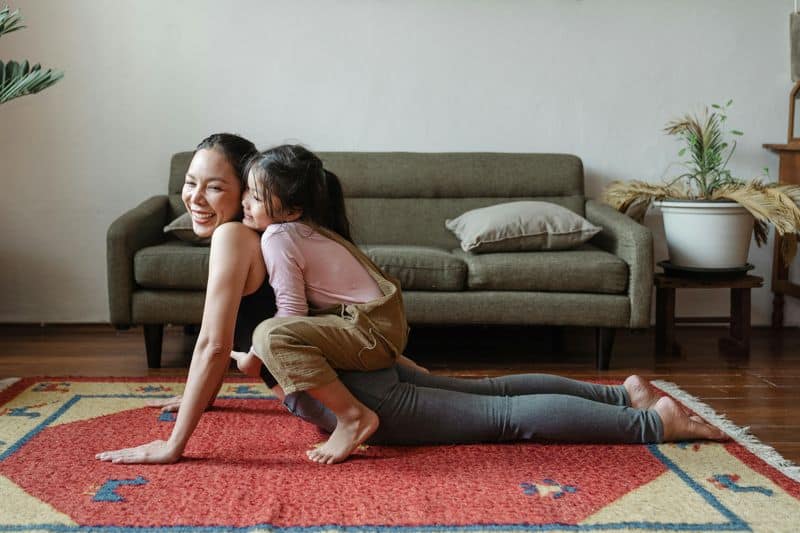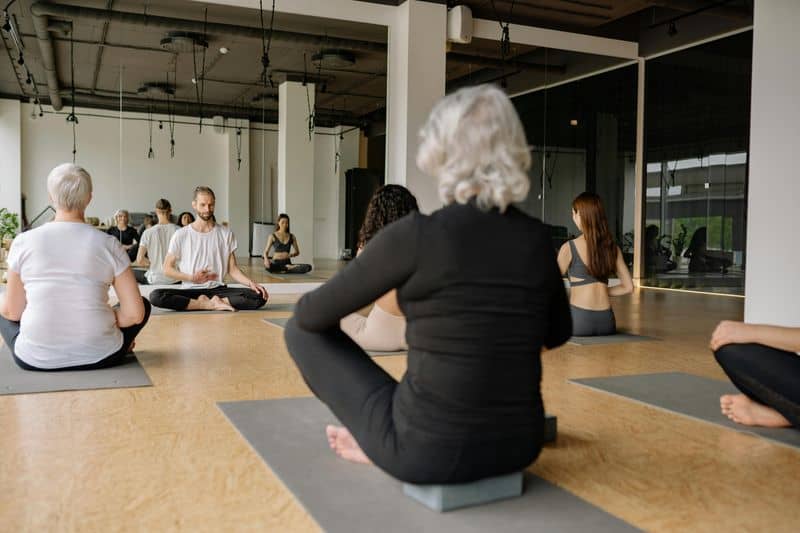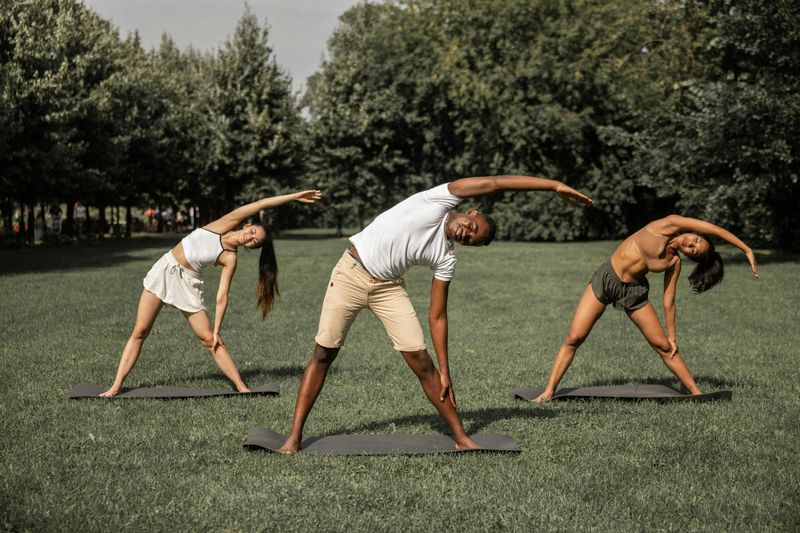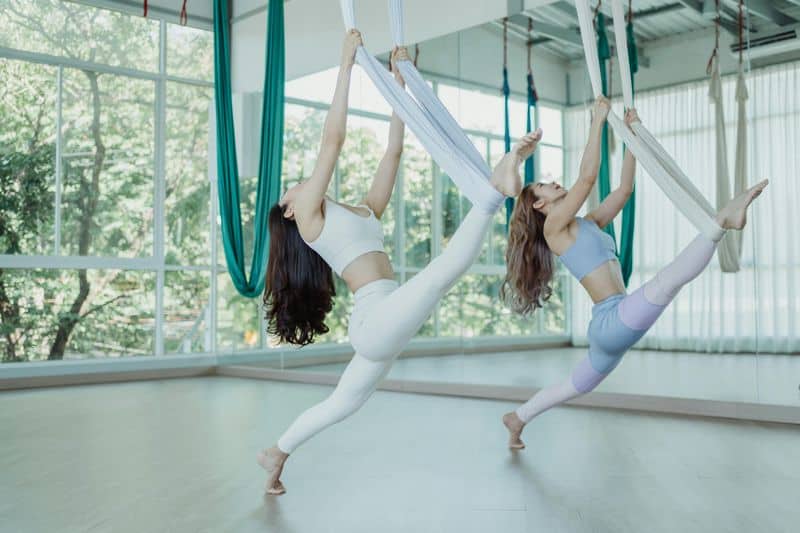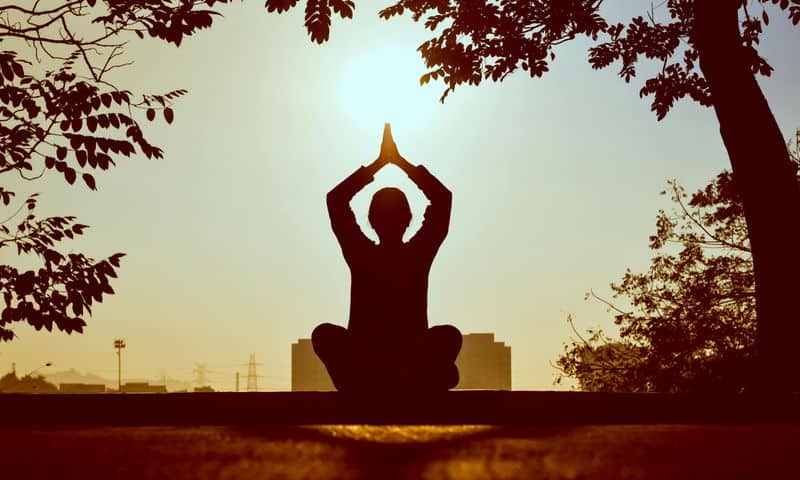Yoga has spread from ancient India to become a global practice loved by millions. Despite its popularity, many myths still surround yoga that prevent people from giving it a try.
These misconceptions often paint an incomplete picture of what yoga truly offers and who can benefit from it.
1. Flexibility is Required
Many newcomers avoid yoga studios thinking they need to touch their toes before their first class. This couldn’t be further from the truth! Flexibility is an outcome of yoga, not a prerequisite.
Regular practice gradually increases your range of motion at your own pace. Everyone starts somewhere, and many instructors offer modifications for beginners. Props like blocks and straps exist specifically to help those with limited flexibility.
Remember that even advanced practitioners once struggled with basic poses. The journey matters more than the destination.
2. Yoga is Just Stretching
Reducing yoga to mere stretching misses its rich complexity. While stretching happens during practice, yoga builds remarkable strength through holding poses that engage multiple muscle groups simultaneously.
Balance poses challenge your core and smaller stabilizing muscles often neglected in traditional workouts. The practice also incorporates breathwork (pranayama) that strengthens respiratory functions and meditation techniques that build mental resilience.
A single yoga session might include strengthening warrior poses, balancing on one foot, deep breathing exercises, and mindfulness—far beyond simple stretching!
3. Only Women Do Yoga
Ironically, ancient yoga was primarily practiced by men for thousands of years! The modern gender imbalance in Western yoga classes is a recent phenomenon that doesn’t reflect yoga’s history or intended audience.
Men who avoid yoga miss out on tremendous benefits—improved flexibility that enhances athletic performance, stress reduction, and balanced strength development. Professional male athletes across sports incorporate yoga into their training regimens.
The tide is shifting as more men discover yoga’s advantages. Many studios now offer classes specifically marketed to men to help overcome this outdated stereotype.
4. Yoga is Religious
While yoga originated within ancient Indian spiritual traditions, modern yoga practice doesn’t require religious commitment. Think of yoga like martial arts—rooted in cultural traditions but practiced worldwide by people of all faiths and backgrounds.
The physical postures (asanas) and breathing techniques offer health benefits regardless of your belief system. Many practitioners appreciate yoga’s philosophical aspects—like mindfulness and compassion—without religious context.
Studios typically present yoga as a wellness practice rather than a religious one. You can easily engage with the physical and mental aspects while setting aside any elements that don’t align with your beliefs.
5. Too Easy for Athletes
Professional football players collapse into pools of sweat during yoga sessions. Advanced poses demand extraordinary strength, control, and body awareness that challenge even elite athletes.
Yoga targets stabilizing muscles often underdeveloped in traditional strength training. Many bodybuilders struggle with poses that require balanced flexibility and strength rather than isolated muscle power. The controlled breathing aspect adds another layer of difficulty.
Athletes who incorporate yoga often report improved performance, better recovery, and fewer injuries. LeBron James, Tom Brady, and numerous Olympic athletes credit yoga as a secret weapon in their training arsenals.
6. Expensive Equipment Required
A fancy mat and designer leggings aren’t prerequisites for effective yoga practice. Throughout history, yoga was practiced on bare ground, animal skins, or simple cloths.
While a basic mat helps with grip and cushioning, you can start with a towel on carpet or grass. Comfortable clothes that allow movement are all you need—old t-shirts and sweatpants work perfectly fine. Many household items substitute for specialized props: books for blocks, belts for straps, pillows for bolsters.
Free yoga resources abound online, eliminating even studio costs. The most important equipment is simply your body and attention.
7. Only for Young People
Gray-haired yogis often outperform their younger counterparts in flexibility and balance! Yoga actually becomes more valuable as we age, helping maintain mobility, balance, and joint health when our bodies need it most.
Many styles are specifically adapted for older practitioners. Chair yoga allows those with limited mobility to experience benefits while seated. Gentle classes move at a slower pace with more modifications.
Studies show yoga helps prevent falls in seniors by improving balance and proprioception. The meditative aspects also benefit cognitive health and stress management—making yoga truly a lifelong practice that evolves with your changing needs.
8. Perfect Instagram Poses Expected
Social media has created an unrealistic expectation of yoga as a performance art. Those jaw-dropping handstands on mountain cliffs represent a tiny fraction of what yoga encompasses.
Real yoga happens in the subtle adjustments, the mindful breathing, and the moments of presence—none of which photograph particularly well. Most dedicated practitioners focus on personal progress rather than aesthetic perfection. Many experienced teachers still use props and modifications.
Comparing your practice to carefully curated images misses the point entirely. True yoga honors your unique body and journey, celebrating small victories like slightly deeper breathing or moments of mental stillness.
9. Too Boring and Slow
Sweat drips onto mats as practitioners flow rapidly between challenging poses in a Vinyasa class. Heart rates elevate, muscles quiver, and participants leave physically spent—hardly the boring experience many expect!
Yoga comes in countless styles to match different preferences. Power yoga offers intensity comparable to gym workouts. Kundalini incorporates energetic movements and breathwork that can feel almost euphoric. Even slower styles like Yin create intense sensations through longer holds.
The mental engagement required—coordinating breath with movement while maintaining awareness—creates a uniquely absorbing experience that many find more engaging than repetitive gym exercises.
10. Only for Stress Relief
Research published in major medical journals demonstrates yoga’s impact far beyond simple relaxation. Regular practice improves cardiovascular health by lowering blood pressure and reducing inflammation markers. Studies show increased bone density in practitioners, helping prevent osteoporosis.
The physical benefits extend to improved balance, coordination, and proprioception. Many people experience relief from chronic pain conditions through consistent practice. Sleep quality typically improves dramatically.
Cognitive benefits include enhanced focus, better emotional regulation, and improved memory function. While stress relief is certainly valuable, limiting yoga to this single benefit ignores its comprehensive impact on human health and performance.

